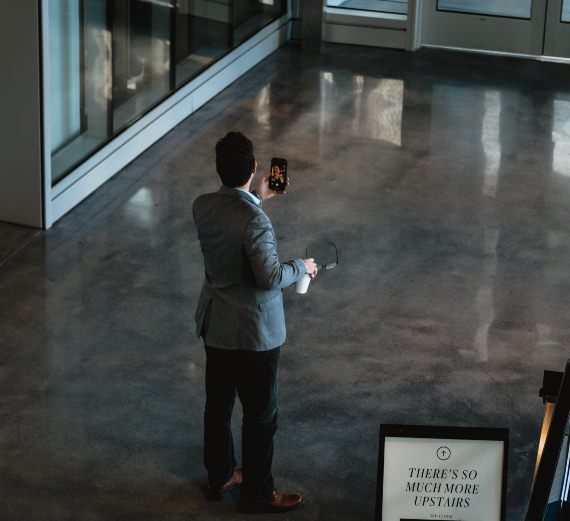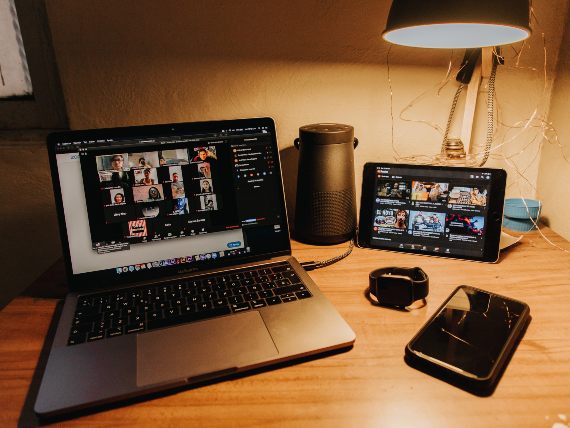“-You have shown me a strange image, and they are strange prisoners- Glacon said.” (Plato, Republic, Book VII)
The experience from COVID-19 has strengthened the introduction of teleworking in most of the world – at least for those who can afford it. A recent report by Gartner estimated that after the pandemic, 48 percent of the world’s labor force will work remotely, compared to the 30 percent who currently do so. In Spain, the level of remote work has gone from five percent to 34 percent. It seems as if the winds of history or more precisely, the winds of technology that have been erected in history have shifted in favor of “structural teleworking” that goes beyond coronavirus, with mixed models of on-site and online work.
Nevertheless, in light of this movement toward remote work that seems so unstoppable and with evident benefits, an analysis is missing of the threats it poses. They affect both people and their tasks as well as the company’s very mission and organizational culture. Of them, I would like to highlight two:
i) the modification of messages at virtual meetings
ii) the distortion of the perception of self and others in these interactions.
The medium is also the messsage in “Teams”
Several decades ago, an insightful visionary thinker, who was an expert in communication like McLuhan 1 anticipated his famous aphorism that “the medium is the message.” He declared this as a statement of fact, but also as a warning and wake-up call. He therefore predicted not only the growing importance of the mass media – especially television – but also the progressive modification of man by technology (preferably electronic) as the media influences, determines and molds us beyond our will. And if this medium is audiovisual like today’s meeting tools, such as Teams, then it radically determines not only the message but our corporal representation of ourselves and the perception of the other participant. More than 100 years ago, Thoreau graphically expressed this phenomenon, contemplating the construction of train tracks in Canada: “We don’t ride on the railroad. It rides upon us.” Transferred to our reality today, it isn’t Team as a tool that adapts to us. We adapt to Teams.

But if the medium is the message, then the messages crossed in our conversations, discussions and decisions during our virtual work meetings will not be the same as those exchanged for “real” where the medium is face-to-face, physically present – even if we do not realize it. 2 I do not think that the implications that this derivative has for work teams, the quality of their decision-making, and also those of a management committee or board, has been sufficiently evaluated yet by organizations. And think about how many virtual executive meetings with the decisions – many of them critical – that have been made during the 80 days of lockdown.
The educational failure that took place in the university during the pandemic regarding the virtual sessions as a replacement for in-person sessions, is largely due to the fact that the teachers’ messages were not the same in their televised digital presence, nor were the feedback messages from virtual students (which were drastically reduced). And if that has occurred in an impoverishing way in the transmission and reception of teaching, we can assume that the phenomenon of corporate videoconferences has certainly reduced the quality.
Personal image compared to personal presence in a videoconference
Together with the modification of the message, we find that these virtual interactions for remote work also substantially alter the physical co-presence to which we are accustomed. While we perceived the immediate corporality of the other participants in this, on our PC screen we perceive the appearance of others, digitized and compressed to the frame of our screen. Therefore, they are not presented to use immediately but ‘mediately’ thanks to their electronic conversion through which we see people’s images, each cropped in their corresponding window, instead of the people themselves. But as accurate as the resolution of the image may be, it is not the same as what it represents, and it does intervene (also creating its own message) between that corporal participant and myself.
To use the fortunate allegory of the passage from Plato’s cave, in our remote meeting we perceive the reflections of the other participants like the prisoners in their beds saw the shadows projected by real objects. And also like those who were chained, we perceive them from a fixed position, imposed by the angle of the computer camera without the possibility of changing the flat viewpoint.

But our behavior, language and learning from an image are not the same when faced with the real corporality that gives it sustenance, like Plato teaches us in the myth. This has relevant implications for an organization that is going to use online co-working in terms of sharing knowledge, desired behaviors, the organization’s cultural strength and the flow of spontaneous informal organization.
Meanwhile, as we are not ourselves or the others, images give rise to a discomfort, of which we are not always conscious regarding the way we perceive ourselves in the online meeting, missing postural spontaneity for example, and lacking a clear visual and facial reference. And at the same time of how we perceive others who are seen in a fragmented manner, hidden behind an electronic representation of zeros and ones. This explains the inhibitions, silences, “absences”, strangeness and other characteristic phenomena3 that are taking place during the meetings regardless of the level of hierarchy. And they reaffirm the present scope of the sentence “the medium is the message.”
The impoverishment that we are experiencing during these online interactions in the professional world confirm another one of McLuhan’s great intuitions: that the new communication technologies’ extension of what is human also entails an amputation of that same human being. And therefore, of their attitudes, behaviors and motivations. Issues that we should not circumvent at the risk of ending up like Platonic prisoners in our professional performance as well.
Notas
1. Marshall McLuhan, Understanding Media: The Extensions of Man, MIT Press, 1994.
2. The same thing clearly occurs during the experience of family or personal meetings, on Party or other similar apps, that were so frequent during the lockdown.
3. Phenomena that also take place in televised family or personal interactions on Skype or Party.
Ignacio García de Leániz Caprile
Professor of Human Resources / Consultant
University of Alcalá de Henares
Comments on this publication